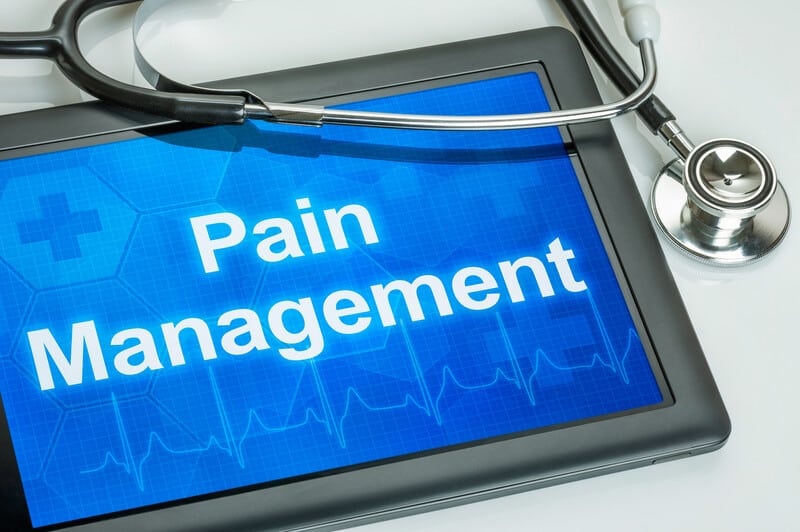The complexity in billing and coding pain management is increasing each year. As millions of people in the U.S are dealing with severe and ongoing pain, new pain management techniques are gaining medical attention. Payers and regulators are keeping a closer watch on the procedures adopted to treat chronic pain. Therefore, emphasis should be given for careful handling of pain management billing and coding. With a pain management medical billing company, medical practices can efficiently manage their revenue cycle.
Why should there be solid coding and billing practices?
- To get timely reimbursement
- Prevent claim denials and audits
- To maintain the financial well-being of the practice
Have a closer look at the best practices to assign ICD-10 codes for pain management.
- Give detailed diagnosis description
It is very important to make your diagnosis descriptions as clear as possible. Ensure that the cause, the site and laterality of the pain are included in the diagnosis note in addition to the mentioning of the condition. It must include a qualifier as well as specific details about the pain such as without/with bleeding/obstruction, hemorrhage that is applicable for the services provided. A comprehensive and descriptive diagnosis is more important than ever while assigning ICD-10 codes to avoid claim denials. - Appropriate documentation of injections administered
Pain medicine providers have to ensure that injections like facet joint injections and nerve block are accurately documented. Multiple levels of treatment procedures are there while administering these injections. Each patient visit has to be recorded in the original operative note or an addendum. Any missed information can delay processing of the claims and might interfere with obtaining full reimbursement. Below given are some of the vital information to be documented accurately:- Information regarding the various routes of administration for injections and the final position of the needle used.
- Specifically mention fluoroscopically-guided interventions.
- Incorporate the diagnosis notes that support the procedure.
- Details of the specific medicine that was administered as injection.
- Trigger point injection is used to treat various muscle groups. The laterality and the specific details of the muscles treated should be accurately documented as coding is done on the basis of the number of muscles injected.
- Know the modifiers used in pain management
Modifiers are used to clarify the procedure adopted for pain management. Any missed or inaccurate recording of modifiers can result in claim denials.
Some modifiers commonly used in pain management.- -LT: anatomically left-RT, anatomically right
- -50: bilateral
- -59: notes that a service or procedure is independent and separate from other services that were performed on that same day.
- -52: incomplete procedure, stopping part of the procedure due to reasons other than patient well-being.
- -53: incomplete procedure, the physician chooses to end a procedure for the patient’s well-being. While coding bilateral procedures, modifier -50 has to be used. It is used to represent procedure performed on both sides of the patient’s body in a single session. However, medical practices often forget to mention modifier -50 or code either side of the body separately.
- Accurate reporting of codes
It is very important to know the common codes used in pain management and correctly report it while placing claims. The codes change every year and it is essential to be updated on these changes.
Common ICD-10 Codes for Pain Management
- B00-B09: Viral infections characterized by skin and mucous membrane lesions.
- BO2.21: Postherpetic geniculate ganglionitis
- B02.22: Postherpetic trigeminal neuralgia
- B02.23: Postherpetic polyneuropathy
- D65-D69: Coagulation defects, purpura and other hemorrhagic conditions
- D69.2: Other nonthrombocytopenic purpura
- G00-G09: Inflammatory diseases of the central nervous system
- G03.9: Meningitis, unspecified
- G04.89: Other myelitis
- G40-G47: Episodic and paroxysmal disorders
- G44.009: Cluster headache syndrome, unspecified, not intractable
- G44.029: Chronic cluster headache, not intractable
- G44. 209: Tension- type headache, unspecified, not intractable
- M60-M63: Disorders of muscles
- M62. 40: Contracture of muscle, unspecified site
- S80-S89: Injuries to the knee and lower leg
- S82.009: Unspecified fracture of unspecified patella.
- S00-S09: Injuries to the head
- S09.93: Unspecified injury of face
- Stay updated with Payer Policies and Guide lines
The billing guidelines are customized by every payer even though insurance companies follow Medicare guidelines. There were substantial changes in payer policies and guidelines during the pandemic. Notably, there were changes in E/M codes and ICD-10 codes in telehealth. Therefore, it is essential to stay updated on recent changes in Payer policies and guidelines to ensure maximum reimbursement.
Outsourcing pain management medical billing services can help medical practitioners to focus on patients instead of channelizing their efforts into back-office tasks. The benefits of outsourcing also include lower claim denials and comprehensive and accurate coding.




